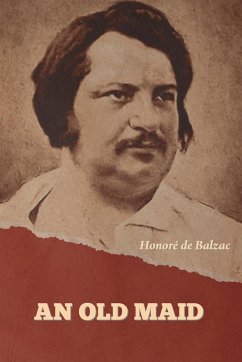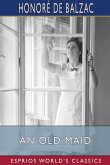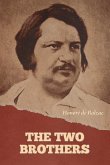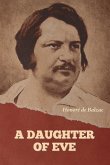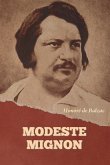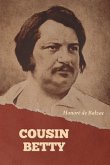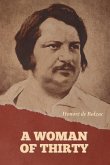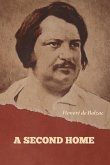La Vieille Fille (The Old Maid or An Old Maid) is a novel by the French writer Honoré de Balzac. Written in 1836, it was first published as a serial in La Presse, then published by Edmond Werdet in 1837 in Études de m¿urs, in the section les Scènes de la vie de province. La Vieille Fille was republished in 1839 by éditions Charpentier, before being published alongside le Cabinet des Antiques in the isolated les Rivalités group within Scènes de la vie de province in la Comédie humaine, published in 1844 by édition Furne. The work was dedicated to Balzac's brother in law, an engineer in the corps royal des ponts et chaussées, Eugène Midy de la Greneraye Surville. Even so, Balzac offered its manuscript to comtesse Guidoboni-Visconti, in 1844. This short and incisive novel stands out for the density of its story and its rapid succession of events. Balzac takes time to carefully describe the house of Mademoiselle Cormon, the old maid, in the city of Alençon, before entering directly into the heart of the matter. The portrait of Mademoiselle Cormon is one of the most successful in The Human Comedy. Balzac delivers in this novel one of his most nuanced analysis of a provincial town's social, political and financial affairs. (wikipedia.org) About the author: Honoré de Balzac born Honoré Balzac; (20 May 1799 - 18 August 1850) was a French novelist and playwright. The novel sequence La Comédie humaine, which presents a panorama of post-Napoleonic French life, is generally viewed as his magnum opus. Owing to his keen observation of detail and unfiltered representation of society, Balzac is regarded as one of the founders of realism in European literature. He is renowned for his multi-faceted characters; even his lesser characters are complex, morally ambiguous and fully human. Inanimate objects are imbued with character as well; the city of Paris, a backdrop for much of his writing, takes on many human qualities. His writing influenced many famous writers, including the novelists Émile Zola, Charles Dickens, Marcel Proust, Gustave Flaubert, and Henry James, and filmmakers François Truffaut and Jacques Rivette. Many of Balzac's works have been made into films and continue to inspire other writers. James called him "really the father of us all." An enthusiastic reader and independent thinker as a child, Balzac had trouble adapting to the teaching style of his grammar school. His willful nature caused trouble throughout his life and frustrated his ambitions to succeed in the world of business. When he finished school, Balzac was apprenticed in a law office, but he turned his back on the study of law after wearying of its inhumanity and banal routine. Before and during his career as a writer, he attempted to be a publisher, printer, businessman, critic, and politician; he failed in all of these efforts. La Comédie Humaine reflects his real-life difficulties, and includes scenes from his own experience. Balzac suffered from health problems throughout his life, possibly owing to his intense writing schedule. His relationship with his family was often strained by financial and personal drama, and he lost more than one friend over critical reviews. In 1850, Balzac married Ewelina Häska (née Contessa Rzewuska), a Polish aristocrat and his longtime love. He died in Paris six months later. (wikipedia.org)
Hinweis: Dieser Artikel kann nur an eine deutsche Lieferadresse ausgeliefert werden.
Hinweis: Dieser Artikel kann nur an eine deutsche Lieferadresse ausgeliefert werden.

